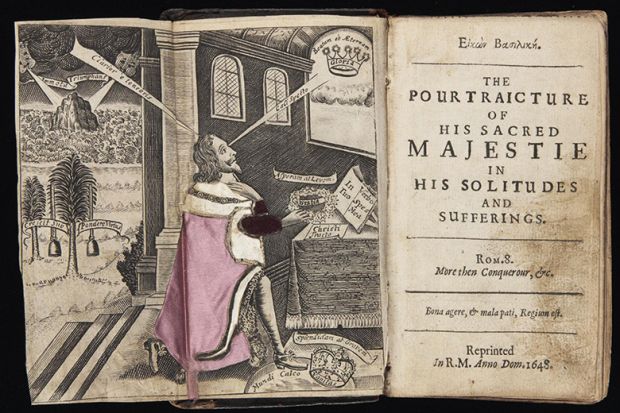What would an academic book look like if it were a symphony, and its performers were also its conductors? Maybe something like Interacting with Print, a “multigraph” study of 18th- and 19th-century print culture, with 22 editors and authors, all of whom are equally responsible for the content.
The project is part pushback against the nature of the modern academy, with its persistent individualisation of scholarly output, the competition for grants, jobs and recognition, and the ranking of each candidate against others. There are clear intellectual gains in the multigraph model, which has the potential to marry the range of an edited collection with the unified vision of the monograph. It is an undeniable irony that the masking of the signs of authorship and ownership in Interacting with Print is staged within the discussion of a literary period in which those signs were taking on ever more significance. But a more powerful effect of the scheme is to reinforce the sociable and collective nature of writing and reading – a theme throughout the book, whether in the form of Suzanne Necker’s literary salon conversation, the shared cut and paste of early 19th-century British gift books or the marketing of German review periodicals.
The theme of connectivity is also showcased in the structure of the book. Its series of essay-chapters, ranging from “Advertising” to “Paper” to “Binding”, are dotted with “renvois” or bracketed references back to connected chapters. It is debatable whether these are really effective – at times it is hard not to see them as frustratingly un-interactive hyperlinks. What they do provide, as the epilogue shows, is a form of metadata that can be used to remap the connections within our understanding of print and manuscript forms.
The structural innovation, however, is not the big win of the book. What makes this an impressive production is the way in which it manages to combine powerful argument with detailed illustration. It is persuasive in its key aims. One of these is to challenge narratives such as Benedict Anderson’s that define print culture by nation. Beautifully chosen examples show parallels and links between British, French and German literature, making the case for print, manuscript and material culture as cross-national phenomena. Another concern is to demonstrate the ways in which print and manuscript remained mutually dependent, mimicking one another, drawing credibility or nuance from imitation.
The book also aims to disturb the idea that print can only mean letterpress, and to consider instead the graphic spaces in which text and images interacted, exploring banknotes, gift books, caricatures and grangerised books (texts supplemented with printed illustrations added by the reader). The colour plates and black and white illustrations give a flavour of the whole: we are shown pieces of twig mounted in a copy of Thomas Gray’s Poems, a hand-drawn imitation of a printed page of Eikon Basilike, printer’s waste reused as a specimen-drying book.
Interacting with Print aims to demonstrate all the ways in which reading is interactive. At one level, it is ingenious that the innovations of its own genre force its readers to rethink the basics of the academic book. At another, more significant level, the lucidity of its observations and illustrations show us, brilliantly, the many different ways in which books make meaning.
Abigail Williams is professor of 18th-century studies at the University of Oxford, and author of The Social Life of Books: Reading Together in the Eighteenth-Century Home (2017).
Interacting with Print: Elements of Reading in the Era of Print Saturation
By The Multigraph Collective
University of Chicago Press
416pp, £34.00
ISBN 9780226469140
Published 12 February 2018
Register to continue
Why register?
- Registration is free and only takes a moment
- Once registered, you can read 3 articles a month
- Sign up for our newsletter
Subscribe
Or subscribe for unlimited access to:
- Unlimited access to news, views, insights & reviews
- Digital editions
- Digital access to THE’s university and college rankings analysis
Already registered or a current subscriber? Login








